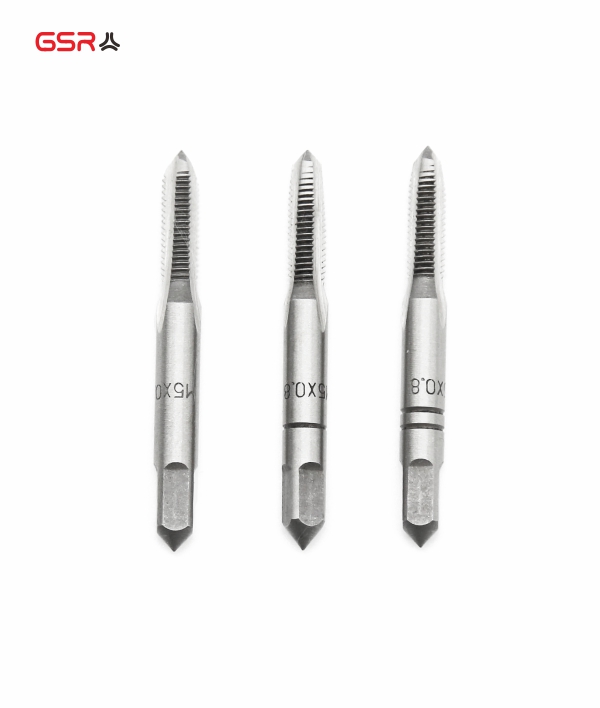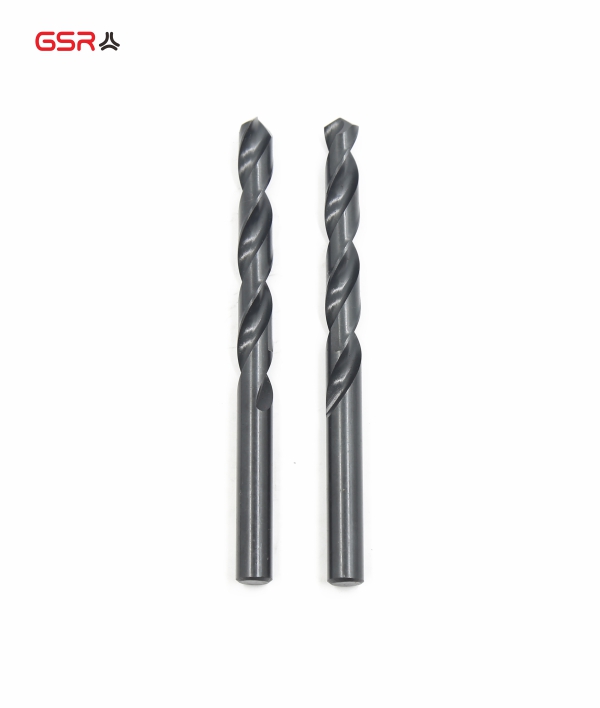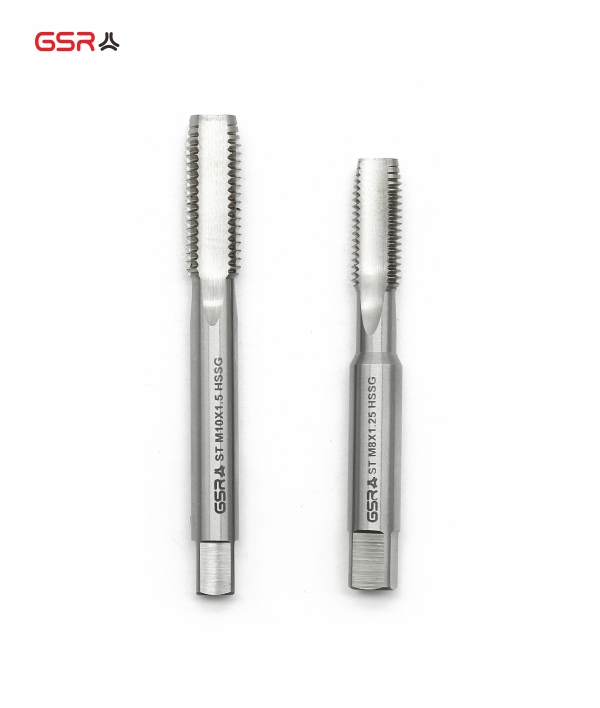Core hole drilling
Core hole drilling – helpful and worth knowing
Helpful and interesting facts about core drilling
Before you can cut an internal thread, you must drill a core hole. A core hole is the hole into which an internal thread is cut. The core hole is drilled using a twist drill. Synonyms used in this context for the twist drill are core hole drills or core hole twist drills.
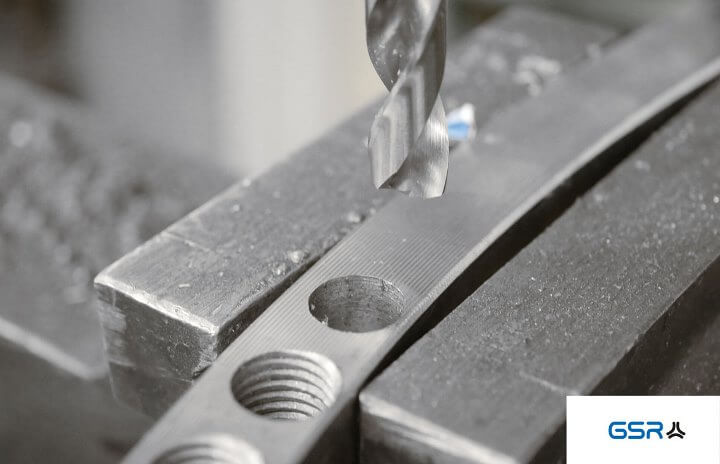
Drilling in metal, metal twist drill in core hole drilling
1 . As drive for a twist drill, a stationary machine, a cordless screwdriver or an electric drill can be used. Please make sure that the cordless screwdriver and the electric drill are punched at the point where a core hole is to be drilled. This will prevent the drill bit from slipping away unnecessarily.
To prepare for core hole drilling, please note the following:
2 . Core drillings have a certain dimension which is adapted to the thread to be cut. This means that the core hole dimension of the twist drill is defined by the thread diameter. The values can be easily set in
Another way to determine the appropriate core hole is to use the following formula:
thread diameter – pitch in mm = core hole diameter
or example: For an M8 tap, the pitch is 1.25 mm. You will need a 6.8 mm core hole spiral drill. Based on the formula, the following calculation results:
8 mm – 1.25 mm = 6.75 ≈ 6.8
Once the correct twist drill has been selected, a core hole can be drilled in the center punched area.
Core hole drilling with twist drill in stainless steel
3 . It should not be forgotten to decide before drilling whether a through hole or a blind hole is needed. With a through hole, the twist drill goes completely through the material and comes out at the bottom. In a blind hole, however, the twist drill does not go through the workpiece. In blind holes, the core hole must be pre-drilled deeper than the desired thread by the length of the gate. We recommend that you lower the core hole to the thread diameter.
Core Drill Types
Twist drills gsr in black and amber
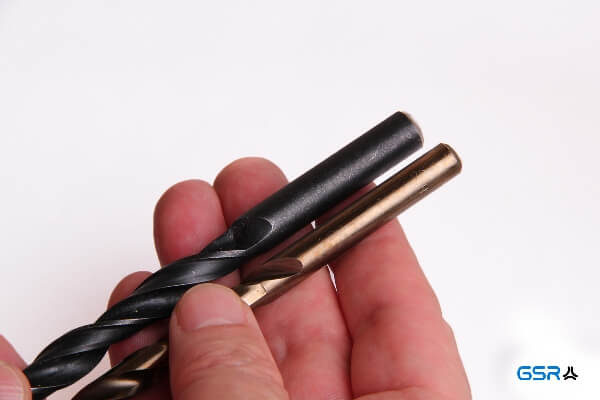
A suitable twist drill must be used for a specific material. Core hole drills have a twist angle of 27 degrees, a point angle between 118 and 135 degrees and a cylindrical shank. The type N version is suitable for normal cutting materials. A distinction is made between roll-rolled and ground twist drills according to the manufacturing process.
The 3 most used core drill types:
1. ground (= bright)
With ground twist drills the helix is ground from the solid hardened material. This takes longer, but the manufacturing process leads to a better result in terms of concentricity and outer diameter precision. Therefore this type of core drill is more expensive. Furthermore, ground drills usually have a bright surface and are marked with the abbreviation HSSG.
Application at: Standard drilling – steel and cast steel up to 900 N/mm², grey cast iron, malleable cast iron, nodular cast iron, sintered iron, nickel silver and graphite.
2. roll-rolled (=black)
With roll-rolled drills, the blank is heated and formed into a helix. The process is fast and therefore cost-effective and the structure of the material is preserved. The roll-rolled drills are burnished and have a black surface. The abbreviation HSSR is often used.
Application at: Standard drilling – steel and cast steel up to 800 N/mm², grey cast iron, malleable cast iron, nodular cast iron, sintered iron, nickel silver and graphite.
3. ground HSSE (=amber)
Since stainless steels are harder than normal steels, cobalt-alloyed twist drills are used here. Cobalt-alloyed twist drills usually contain 5% (designation HSSE or HSS Co 5) or 8% (designation HSSE-Co 8) cobalt in the material. The alloy gives the material a longer service life, wear resistance and temperature resistance.
Application at: Standard drilling – alloyed and unalloyed steels as well as castings with more than 800 N/mm², high-alloy steels and heat-treatable or case-hardened steels.
GSR tip:
By the way, you can tell from the exit of the helix in the direction of the shaft whether the drill was ground or roll-rolled. With a roll-rolled drill, the outlet is rather round due to the rolling process. With a ground drill, the outlet is rather sharp due to the grinding wheel.
Previous: Production of a thread tap






